What are the Different Types of Punches and Their Uses
May 26, 2020Different industries have been utilising various types of punches for their works for a long time now. Punches are usually made from a hard metal rod with a pointy tip at one end and a dulled end at the other. They are often used in conjunction with other tools like hammer and chisel to cut and shape blocks of materials. Some types of this tool can be also used in drilling, drawing circles, punching holes, removing damaged rivets, bolts, or pins, and transferring the location of holes in patterns.
Punches are typically grouped according to the shape of their points. Workshops often maximise different types of punches for their specific functionalities and uses. If you are looking for a specific type of punch for your work, then here are some types of punches and their intended uses.
Prick Punch
Prick punch is perhaps the most used type of punches today. Professionals use this punch to transfer dimensions from a paper pattern directly on to the metal and use them as reference marks for cutting and fabricating purposes. The transfer of dimensions is usually done by placing the paper pattern directly on the metal and orient it accurately. By tapping the punch lightly with a small hammer, the pattern from the paper is now outlined on the metal, creating slight indentations on the metal.
Centre Punch
While prick punch can already supply adequate reference marks for metals, some metalworks would require larger indentations. With a centre punch, it can make indentations and reference marks in metal that are large enough for drilling activities. Centre punches are usually heavier than a prick punch and have a point ground to an angle of 60º. Just be wary in striking with a centre punch as excessive force can create unnecessary protrusion and dimples around the created markings.
Drive Punch
If you want to remove damaged rivets, bolts, and pins that are bound up in holes, then you should use a drive punch. Instead of pointy ends, a drive punch is normally comprised of a flat face. The width of this punch’s face determines this type of punch. And while the sides of this punch will taper down to the face, some situations would require you to use a punch with a straight shank. A punch with a straight shank is more commonly known as a pin or drift punch.
Pin Punch
As previously mentioned, a pin punch has a straight shank that can also be used in removing bolt or pin. The main purpose of pin punch is to finish the removal of bolts or pins from a hole that is already loosened up by a drive punch. Pin punches can entirely drive rivets and pins out of a hole until they are ejected from the hole, which cannot be done by drive punches. The removal of bolts or pins from holes must only be performed by drive and pin punches.
Transfer Punch
Fitting drill-locating holes in a template can be easily done by a transfer punch. The typical length of this type of punch is normally 4-inches, which is enough to transfer the location of holes through a pattern or a template on the metal. Transfer punch has a point that initially tapers and then subsequently runs straight for a short distance. This pointy tip is somehow similar to the one found on the prick punch.
Once you have determined the right punch for you, then you can contact us right away so that we can provide you with your needs. Here at Gunna Engineering, we take pride in producing the highest quality punches, dies, and blades available. We endeavour to keep stock on hand for some of the most popular machines and try to achieve the quickest turnaround time possible.
Optimized by: Netwizard SEO


